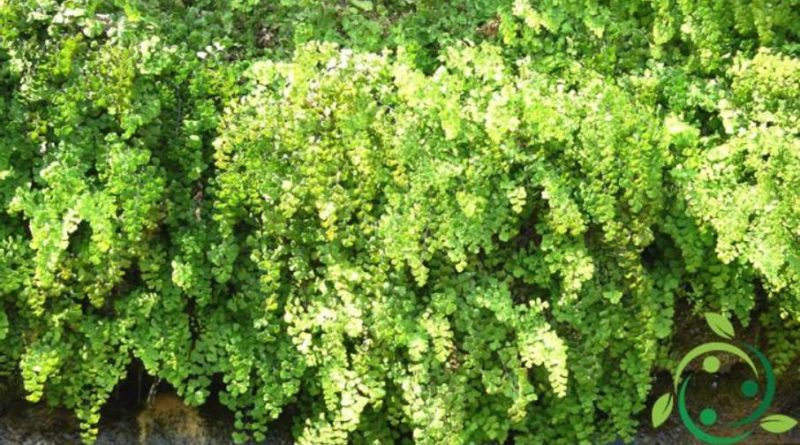How to grow the Capelvenere
How to grow the Capelvenere
The maidenhair fern (Adiantum capillus-veneris L., 1753) is a fern belonging to the Adiantaceae family that grows spontaneously in the warm humid wooded areas of many areas of Italy. In this sheet we will see the characteristics of this delicate plant and above all how to grow the maidenhair fern and useful devices. It is a fern of 30 – 40 cm in length, with shallow shallow rhizomes. The maidenhairage, being a fern, does not produce flowers. Like all ferns it can be grown in the garden as well as in the home, on condition that the growing environments have a high degree of humidity; for this reason we find it frequently in kitchens and bathrooms. In addition, in order to grow this plant in a prosperous manner it is not enough just humidity but it is necessary that this is far from heat sources and direct exposure to sunlight. It is also advisable to place the plants on a saucer full of expanded clay or gravel to keep perpetually moist.
It is also advisable to nebulise the environment where the plant grows with a suitable spray.
The ideal temperatures for the growth of the plant are around 20 ° C while outdoors it can reach a minimum of 10 ° C, a temperature at which the maidenhair enters a state of vegetative rest. For the choice of the substratum, especially if grown in pot, you can opt for a mixture consisting of 40% of peat, 40% of soil, rich in organic substance and 20% of sand. For fertilization it is preferable that the plant always has good quantities of nitrogen available. In pots you can opt more than anything else with liquid fertilizers richer in nitrogen. The fertilizer can be added directly to the irrigation water every two to three weeks in the period when the plant is growing and therefore, roughly between March and September. The maidenhair fern must then be repotted at least every 2 years with pots sized compared to the size of the plant frond. In general, the vase must be slightly smaller than this. For a good maintenance of the vegetative conditions of the plant, in addition to fertilizing, the irrigation and humidification techniques of the environment are very important. It is necessary to use demineralized water and never drinking water; this, both for the limestone content and the danger of chlorine presence can damage the foliage. If the temperature of the cultivation environment exceeds 25 °, it is recommended to increase the mist and humidity level. Furthermore the growing substrate must always be moist but without stagnation. As far as the bird-bearer multiplication technique is concerned, that for tufts can be used very well. The procedure must be as follows: the plant must be extracted from the pot, dropping the excess soil onto a sheet, which is easily detached from the roots; at this point you take the clod, which has remained intact, and with the hands you divide the plant into two parts that can be placed very gently in pots or in the garden. Finally, add a new amount of soil (with the proportions before seen) and compact slightly before irrigating taking care not to wet the leaves. Among the adversities that most can cause problems to the maidenhair fern we remember: Cochineals, Porcellini of earth, Miners leaf and red spider. To these we can add the fern bubble, leaf maculatura and bacterial foliar maculata. Normally, however, these adversities can be determined if they are exceeded with nitrogen fertilizers (which soften the plant too much) or if the parts of dried plants are not cleaned periodically. Finally a curiosity about the maidenhair fern; this plant has been used above all in Piedmont, in past centuries, as a substitute for tea. From this use comes the Piedmontese noun “Capilèr” to identify in general any infusion made with aromatic herbs.

